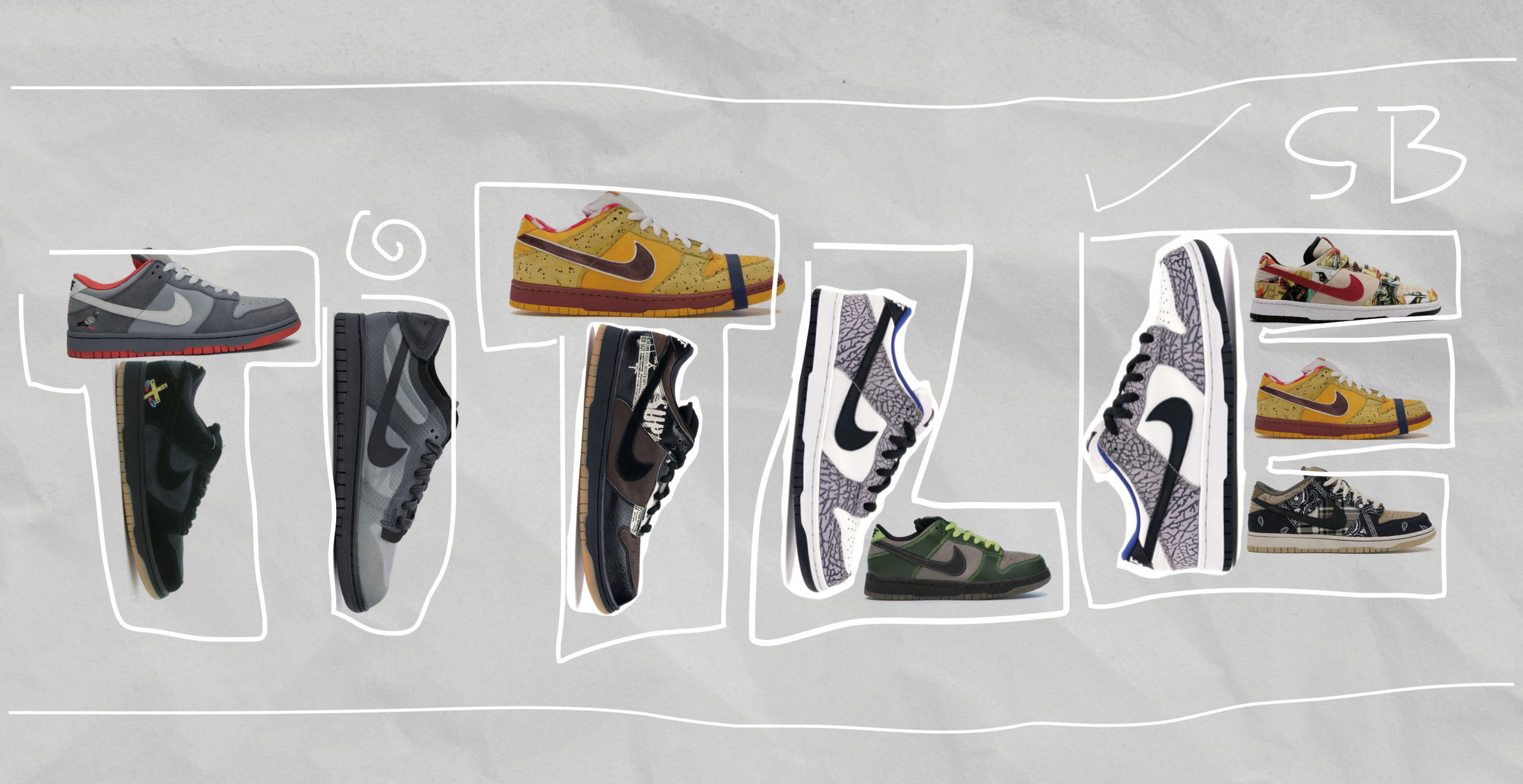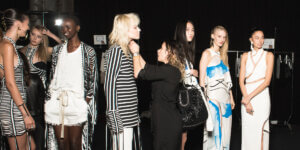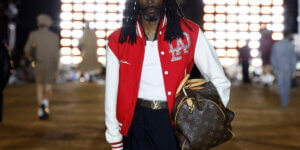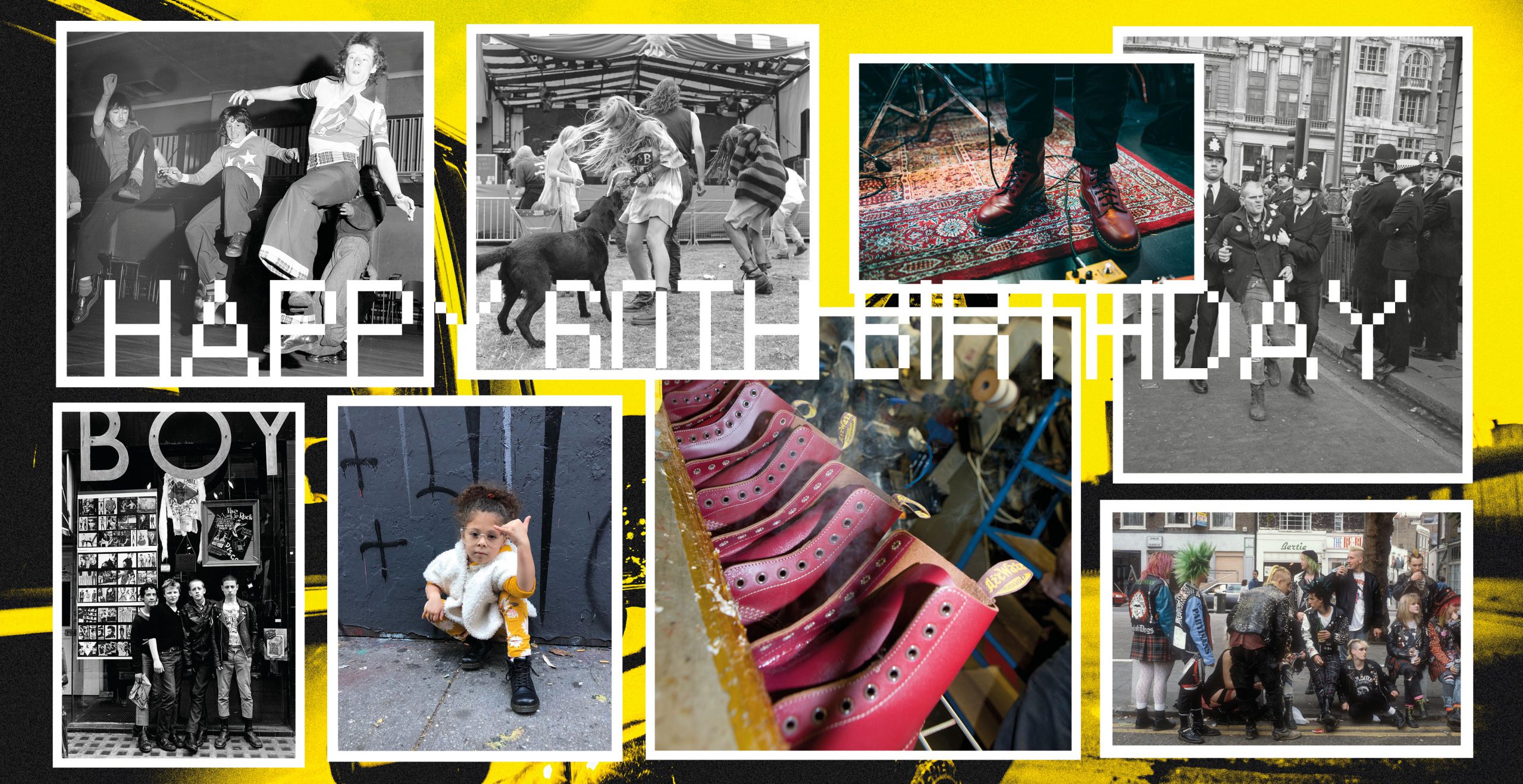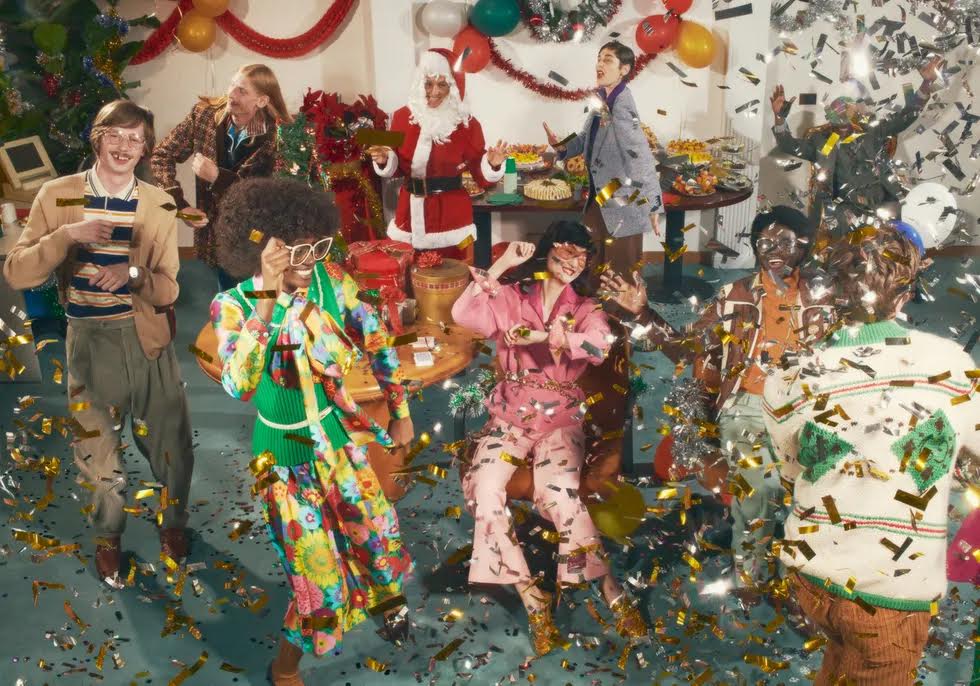Introducing the Nike SB Line
A good 20 years ago the sneaker world looked very different. At the turn of the millennium, skating finally gained in importance and for the first time the scene influenced the sales figures of the sneaker industry. At that time, Nike gave everything to secure a footprint in the ever-expanding market. They got their first signature from Bam Margera – most people know him from Jackass or for his skating skills. – but this relationship turned out to be less spectacular. The release of the first three Signature Silhouettes proved to be an absolute flop. The first attempt to establish oneself in the skate scene at that time failed enormously. Nike’s marketing strategy at the time was to sign up current skaters and place their products in “normal” sports shops. In retrospect, it made much more sense to market their products in independent skate stores in order to dive deeper into the scene and address the target audience directly. Nevertheless, a handful of skaters were already wearing Nike shoes. Famous names like Lance Mountain and Bones Brigade were already proudly rocking the Nike Blazer. Skaters like Mark Gonzales and Steve Caballero wore 1er Jordan.
Nike’s biggest mistake here was not to look at the subcultures as a whole and to think and act much too commercially too early. But the technology at that time was so far advanced that you could make a shoe completely out of leather, which was ideal for skating.
From the court to the halfpipe
This laid the foundation for some of the most successful and popular skate shoes ever made. So in 2001, Nike began creating a sneaker that would not only influence the skate scene, but reform the entire sneaker culture.
The Nike Dunk was first introduced in 1985. Designed by a certain Mr. Peter Moore, who is one of the most influential designers in Nike history today. This shoe, had some optical parallels to the 1-series Jordan. Both shoes were released in the same year and were designed by the same team. But what made the Dunk so special were the countless but unique colourways. Originally launched as a college basketball sneaker, Nike released the Dunk in the matching colors of the respective schools. The slogan associated with the shoe was: “Be true to your school”.
It didn’t take long until skaters became fans of the Nike Dunk, too. Because of the cushioning it offered and the extra traction the sole made possible.
The birth of the Nike SB Dunk
At that time the Nike Dunk was marketed exclusively as a basketball shoe. In the late 90’s the Dunk got some technical updates – like the introduction of a nylon tongue – which unintentionally made the shoe even better for skating. While more and more skaters became interested in the Dunk, Nike still had the above mentioned problem.
In 2001 Sandy Bodecker was appointed General Manager of Nike SB, with the task of solving the problem with the skate business. Having played a major role in building the soccer division, Nike hoped Bodecker could find an answer to the weak performance of the SB division.
In short, Bodecker’s solution was to do exactly the opposite of what Nike had done before. Nike SB avoided non-specialized sports stores, general releases and mass production. Bodecker argued that there was no point in developing a completely new skate shoe because Nike was already unconsciously producing shoes for skaters.
One example was the Air Jordan 1, which was already used by skaters in the 90s. Instead, he considered redesigning the Dunk and creating a version especially for skaters. While Bodecker and the rest of the SB team were still building on the basketball shoe, they knew that the SB Dunk had to be primarily for skateboarding, which meant more than just a simple redesign. The new sneaker had to know and respect the skate culture. In order to attract attention in the community, four skaters became the new face of Dunk: Reese Forbes, Gino Ianucci, Richard Mulder and Danny Supa were the Brand Ambassadors chosen by Nike to increase the popularity of Dunk within the subculture. The group were more than just athletes. They also played a crucial role in the development of the Nike SB Dunks. To make the shoe more suitable for skating, some modifications were made to the original dark to withstand the almost constant load. The insole was padded to reduce impact, while some changes were also made to the sole to provide better traction on Grip Tape. However, the most notable change was the introduction of the beloved fat tongue of the SB Dunk. While the technical changes were decisive, the SB Dunk also differed from conventional skate shoes in its aesthetics. According to Mulder, the SB Dunk represents a dramatic change from the days when you had an extra pair of shoes in your backpack to relax after skating. Unlike its “chunky” rivals, the SB was not designed just for skating. Even more important was that the shoes -not only on the board- looked good. “I liked to see skateboard tricks in those shoes,” Mulder said. The popularity of the SB Dunk was based on its crossover aesthetics. In simple words, it was ultimately a basketball shoe that was turned into a skate shoe. This was essential for success. The first four SB Dunks were only available in limited quantities and were sold exclusively through an elite network of independent skate boutiques – a drastic difference to the previous releases of Nike SB. Due to the limited availability of each shoe, the skaters were the first to get their hands on the shoes and actually skate in the newly introduced SB Dunks. With the shoes in their luggage, which the skaters now had at their feet, Nike SB decided in June of the same year to work with Zoo York and Chocolate. In their day, these were the most famous skate brands. In the early 2000s, Nike SB and Supreme crossed swords to bring out two legendary SB dunks. The shoes were the first non-Jordan sneakers to wear the famous Elephant Print, once made famous and popular by the Air Jordan 3. They left the pure performance area and established themselves increasingly as lifestyle and hype sneakers. The three partnerships that Nike has established through its Nike SB line have helped establish the Nike SB Dunk in the core skateboard community, something that had never been achieved before.
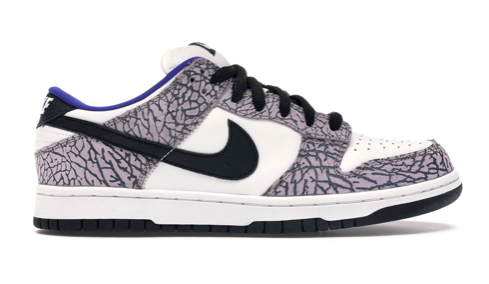
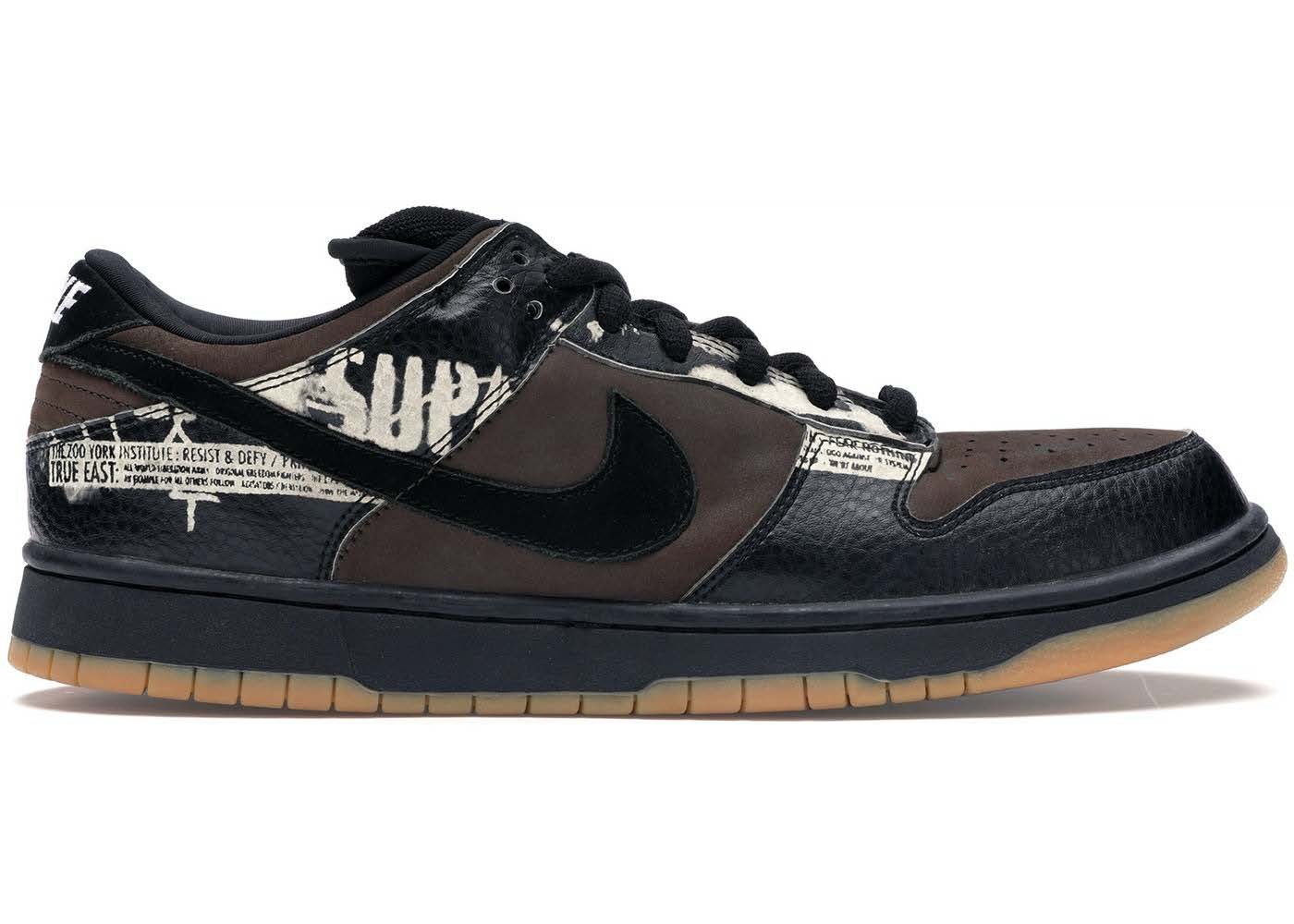
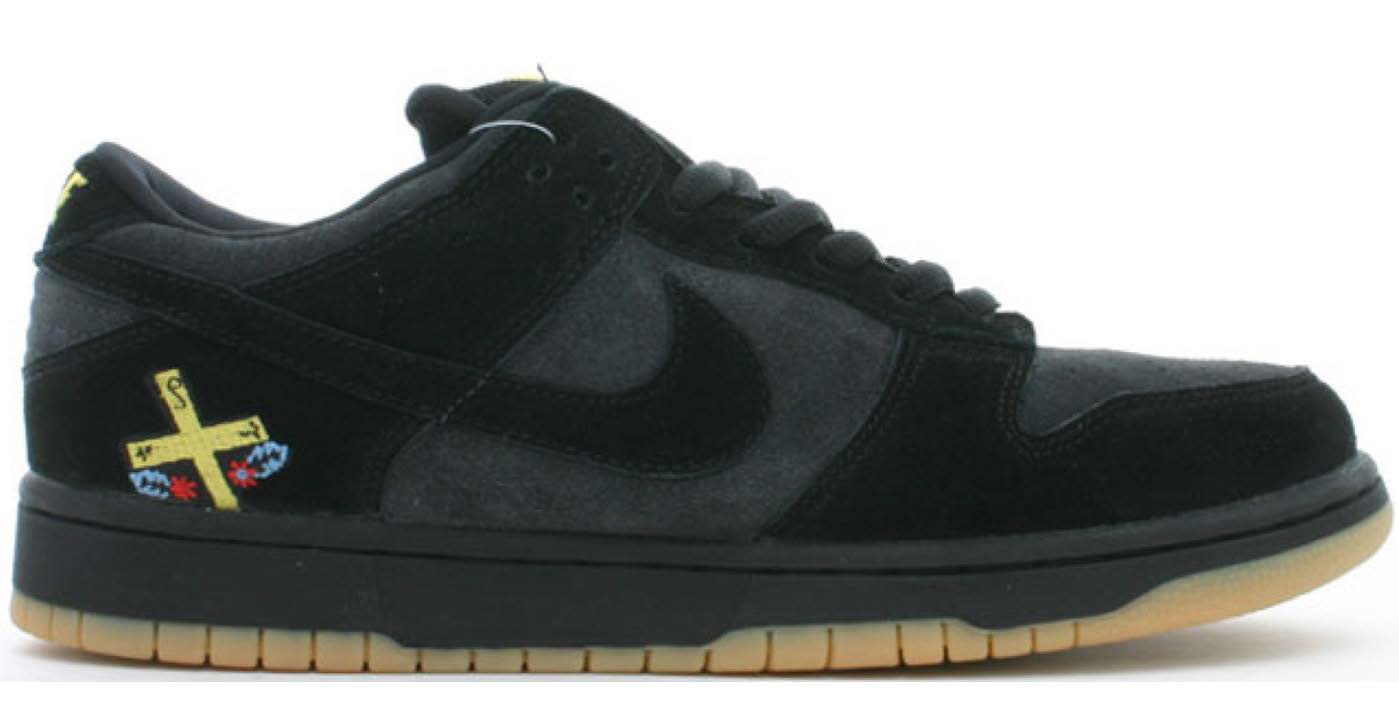
More than just a shoe to skate in
But it was only the beginning of a long story, because suddenly skateshops had a new customer in their hands: Sneakerheads. At the beginning of the 21st century, sneakerheads suddenly stood in line for hours – sometimes for days – to purchase the latest collaboration or inventive colourways. Under the “Silver Box Era”, the Nike SB products introduced between 2003 and 2004 became known and coveted. Among others the Jedi, Heineken and U.N.K.L.E – some of the most hyped sneakers on the market. While the Jedi and Heinekens were merely a tribute to Star Wars and the Dutch brewers, the U. N.K.L. Es – or officially known as Dark Lights – were an official collaboration, with the British trip-hop group UNKLE and Futura; the famous graffiti artist and well-known sneaker enthusiast. The Dunkles, released in September 2004, had little to do with skating. By that time, skaters had by and large stopped wearing high top shoes. Instead, with the SB Dunk, Nike tried to reach the newly discovered target group by collaborating with a titan of street culture. By the end of 2004, Nike SB knew that the Dunk was no longer just an ordinary skate shoe. They did everything they could to capitalize on it. This also explains the creative collaborations that developed over time on the Nike SB Dunk.
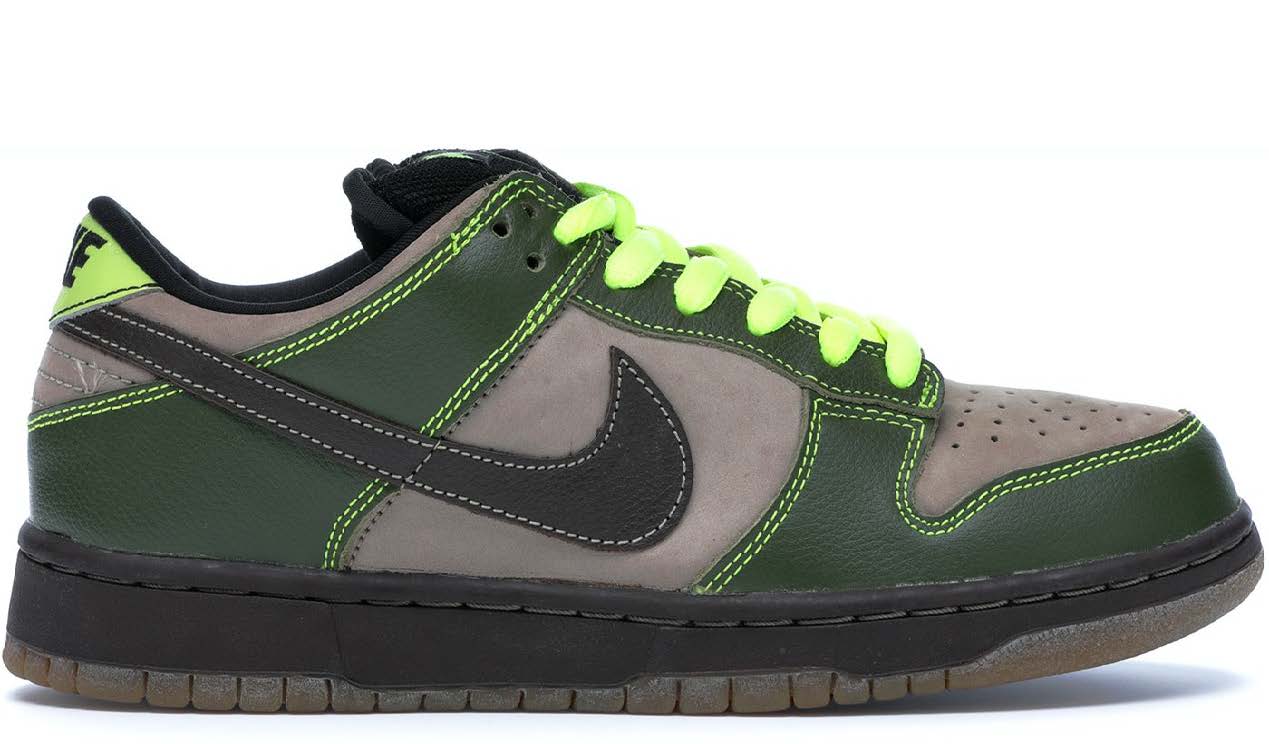
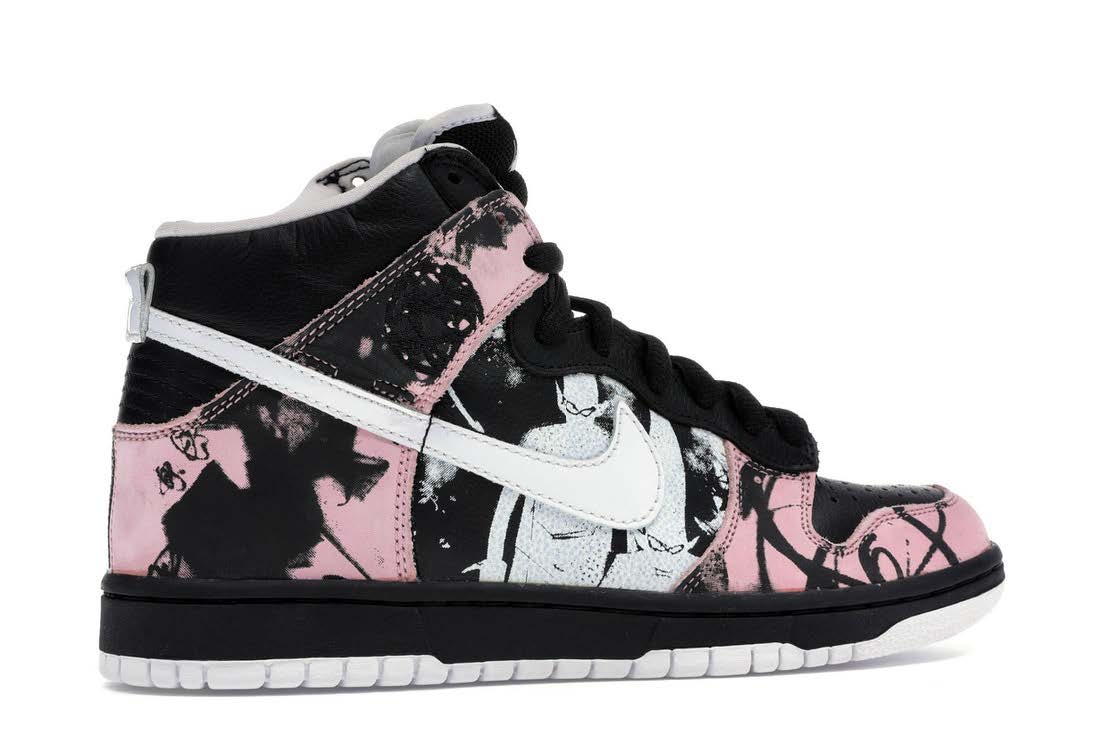
Nike SB Dunk Collaborations
To get a better insight into the world of collaborations and different colourways, we have picked out a few more models and let you form your own opinion. Some of you might have some childhood memories…
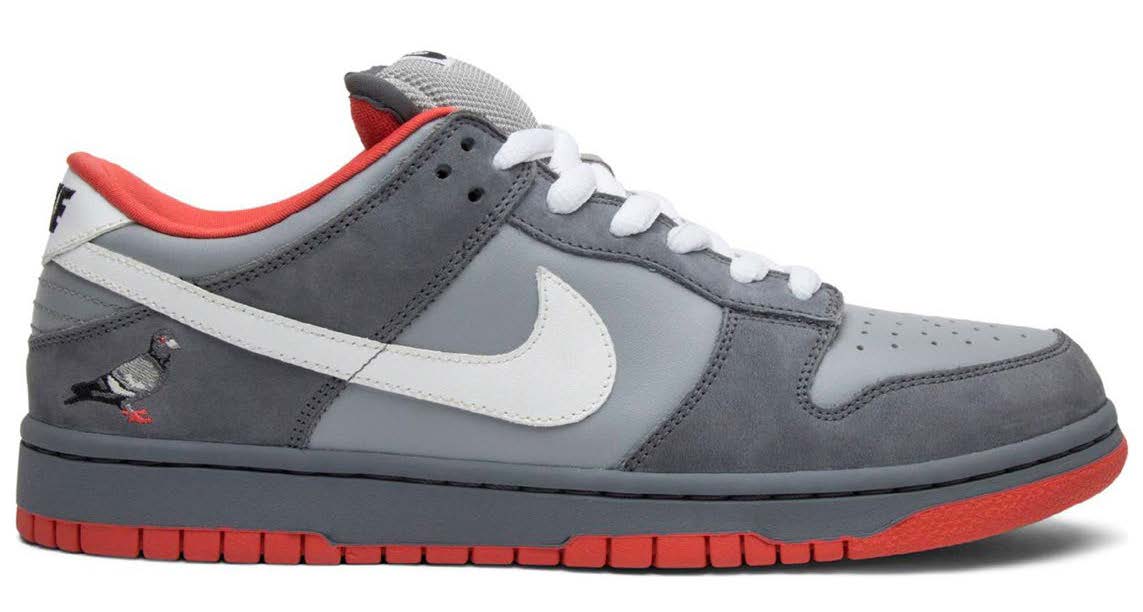
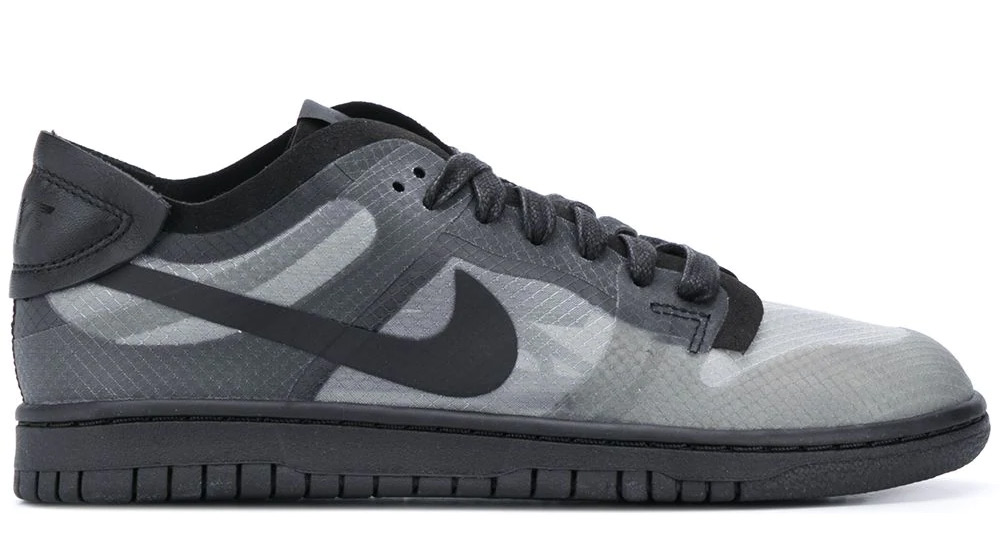
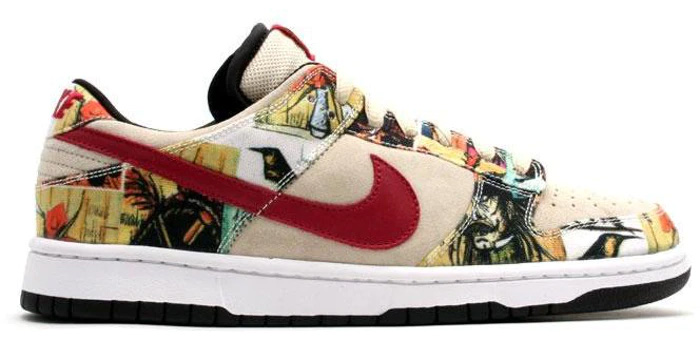
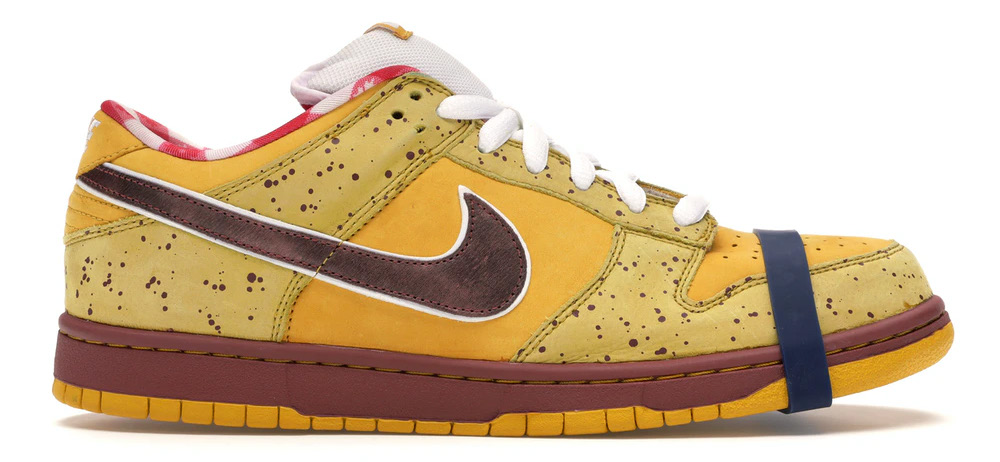
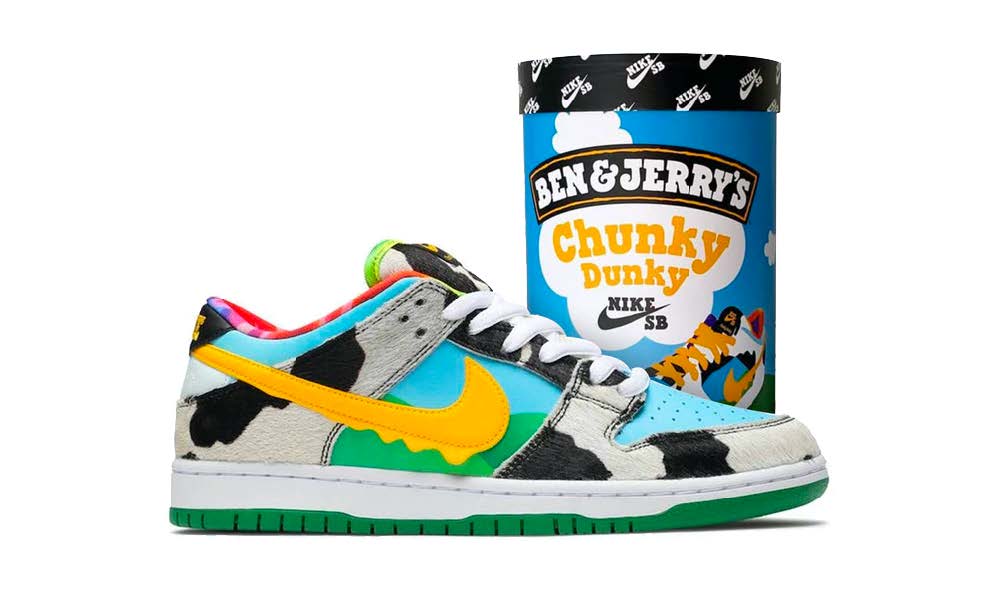
The Nike SB Dunk in 2020
Even though Nike no longer releases a SB Dunk reminiscent of those from the early 2000s, the shoe has an archive that few brands can compete with. It’s also worth mentioning that the Nike SB Dunk brings a cultural diversity. Given today’s market, which is dominated by an unprecedented appreciation of archive and vintage pieces, the stage may be ripe for a self-service comeback.
In my opinion, the SB Dunk will never return to its former glory. Nevertheless, it is one of the most influential sneakers of the last two decades, and like Air Force 1 and Jordan 1, it has surpassed its original purpose. The SB Dunk was bigger than skateboarding and laid the foundation for contemporary sneaker and streetwear culture. It showed how efficient a collaboration between big brands and small authentic people who are celebrated like heroes in their environment can be.
This is the surest way to authenticity – and ultimately to the desired effect, which can also overshoot the mark. Even if the SB Dunk dies, it will undoubtedly influence the shoes that will take its place.








